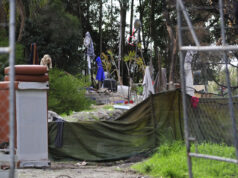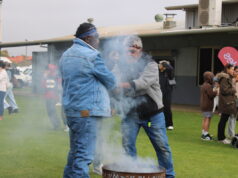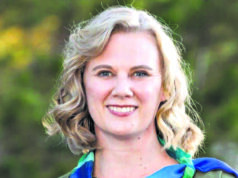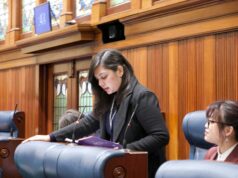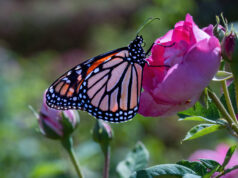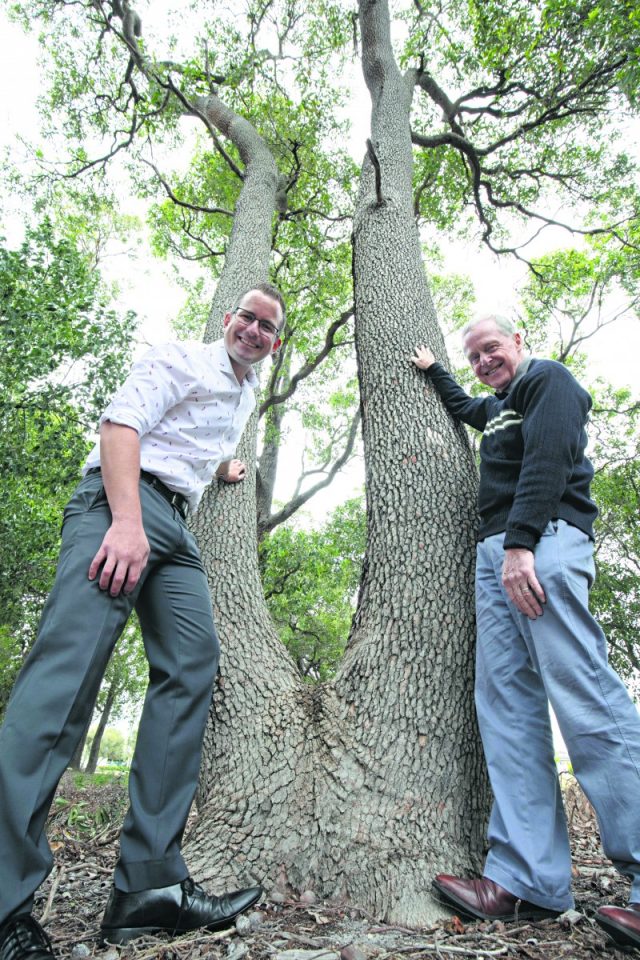
The City of Canning’s approach to the retention and protection of trees received a massive boost last week, with council adopting two crucial measures to improve urban canopy cover and ensure “exceptional” trees remain in place.
Tree canopy cover in the City of Canning has been a major issue, with 2019’s Urban Forest Strategy acknowledging the city’s low-level tree canopy cover was 7.6 per cent, one of the three lowest in the Perth metropolitan area.
One of the city’s stated goals as part of the Community Strategic Plan is to increase the tree canopy from 9 per cent, a net increase of 61,500 trees.
In a significant step in the right direction, at last week’s council meeting the city adopted an amendment to Local Planning Policy LP 0.9.
The amendment aims to enable the retention of trees deemed significant during to building development process and requires the planting of trees with any new residential development.
While that amendment will now be put out for public consultation, the city took immediate action with the development of a significant tree register, joining 12 other metropolitan councils who have taken a similar approach.
Despite some councillors expressing concern over the cost – with a requirement of listing an arborist’s report estimated at $400 per tree – and impacts on private property owners, council adopted the policy that will see community members able to nominate exceptional trees on city and crown land as well as private land.
If the significance of the tree meets the mark, it’s removal would require a decision of council.
Deputy Mayor Ben Kunze was particularly supportive of the proposal, having grown up around the corner from a group of trees that will likely be one of the inaugural entries into the register, a grove of Marri trees near the Canning Arts Centre
“I remember these trees from when I was four or five years old,” he said.
“I used to walk past them to go to the Riverton Forum, I grew up just around the corner from them and they’ve been a key feature of the landscape for a very long time.
“We often talk about the importance of heritage buildings but the natural landscape is just an important from a heritage perspective, particularly not just for humans but for the natural fauna.
“These trees are Marri trees, so it’s absolutely vital to preserve these trees as a Black Cockatoo habitat, they’re a food source and provide canopy cover.
“I’m very keen for these trees to be included on the register.
“This site is owned by the city and earmarked for some form of development, so the inclusion of the trees on this register means they are protected.”
Stephen Johnston, chairman of the South East Regional Centre for Urban Landcare (SERCUL) in Beckenham, gave a comprehensive deputation on the issue at the meeting, strongly urging councillors to back in the register.
He said the adoption of the two measures was a critical step in the right direction.
“Previously the city had to negotiate with landowners over the retention of trees, and if you look at the bare blocks in Shelley, in Rossmoyne, that really didn’t work,” he said.
“The amendment is definitely a stronger way of protecting trees, and the significant tree register is another layer of protection for the truly exceptional trees.”


